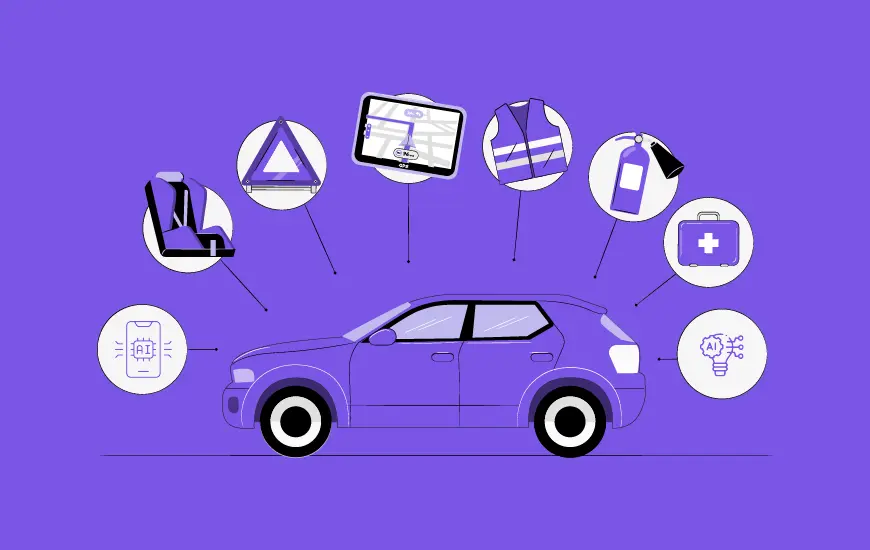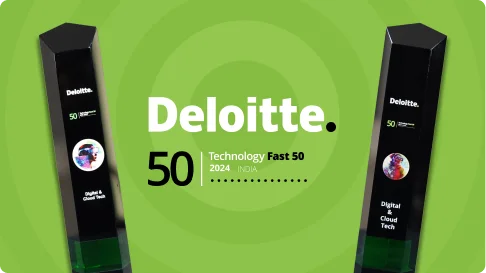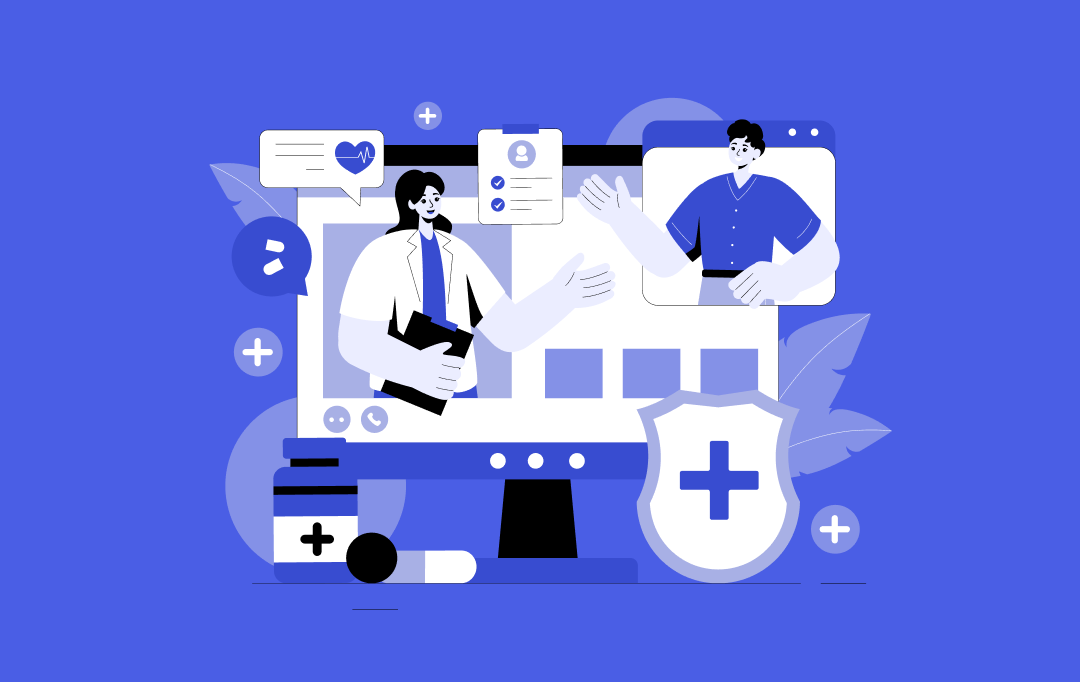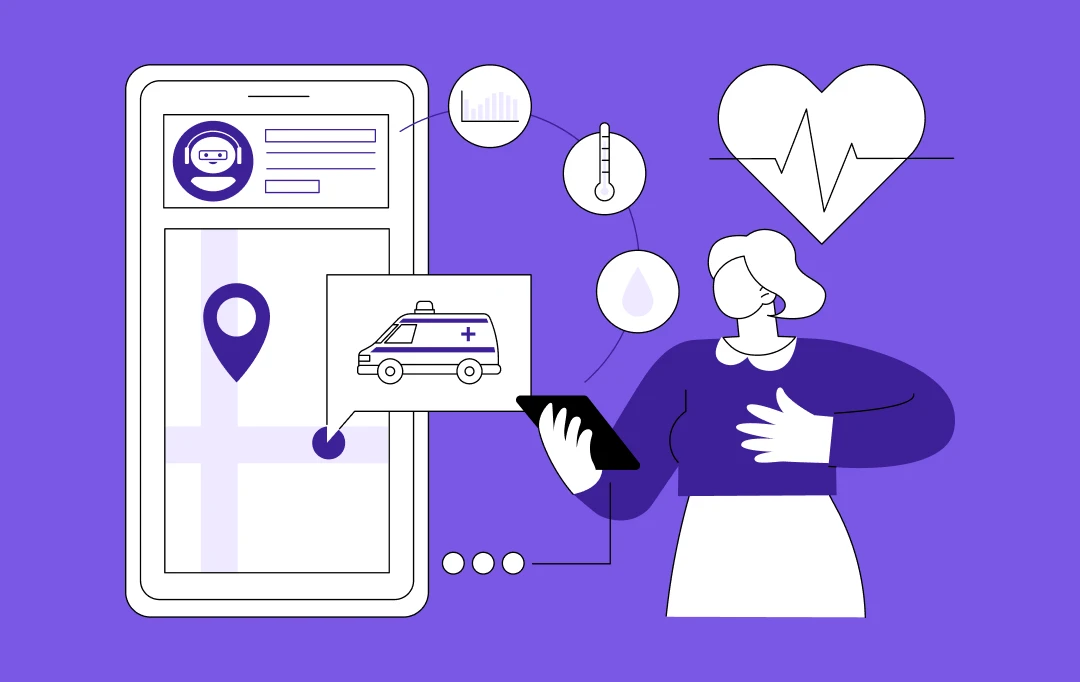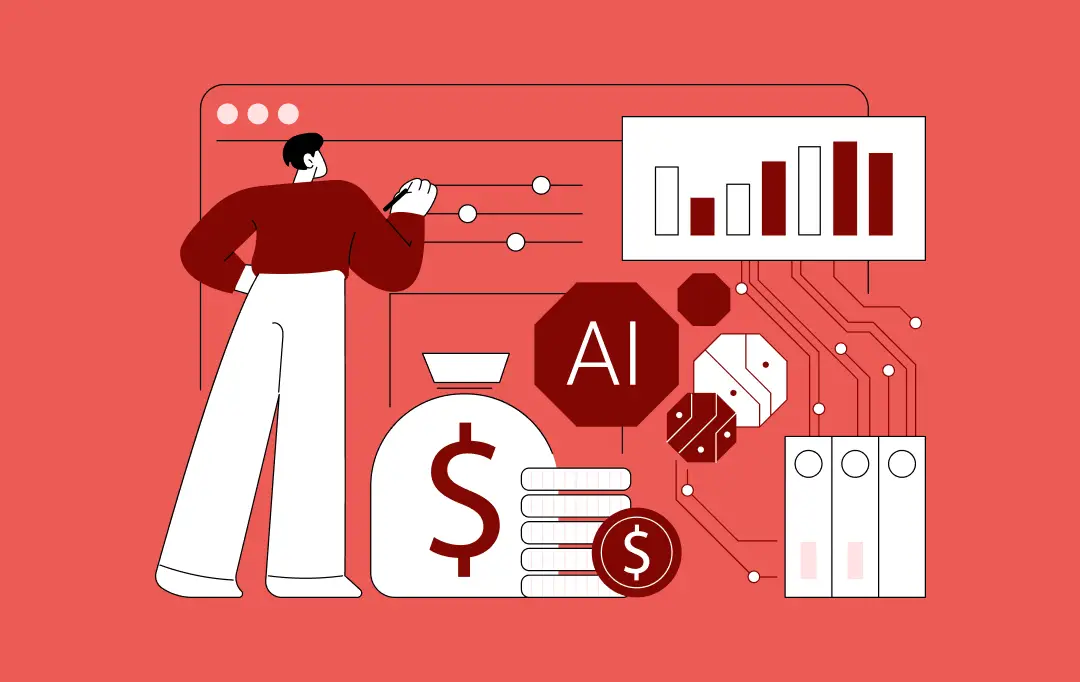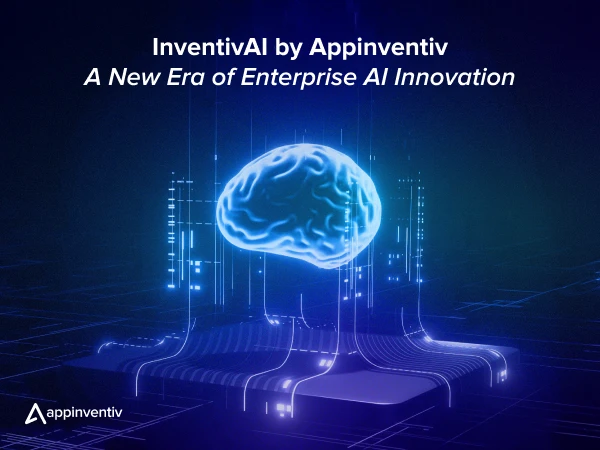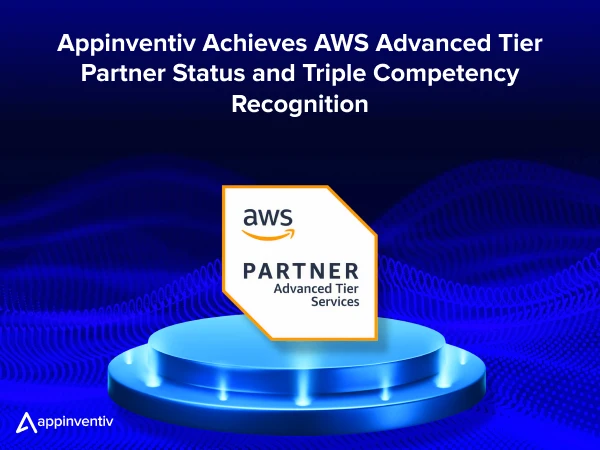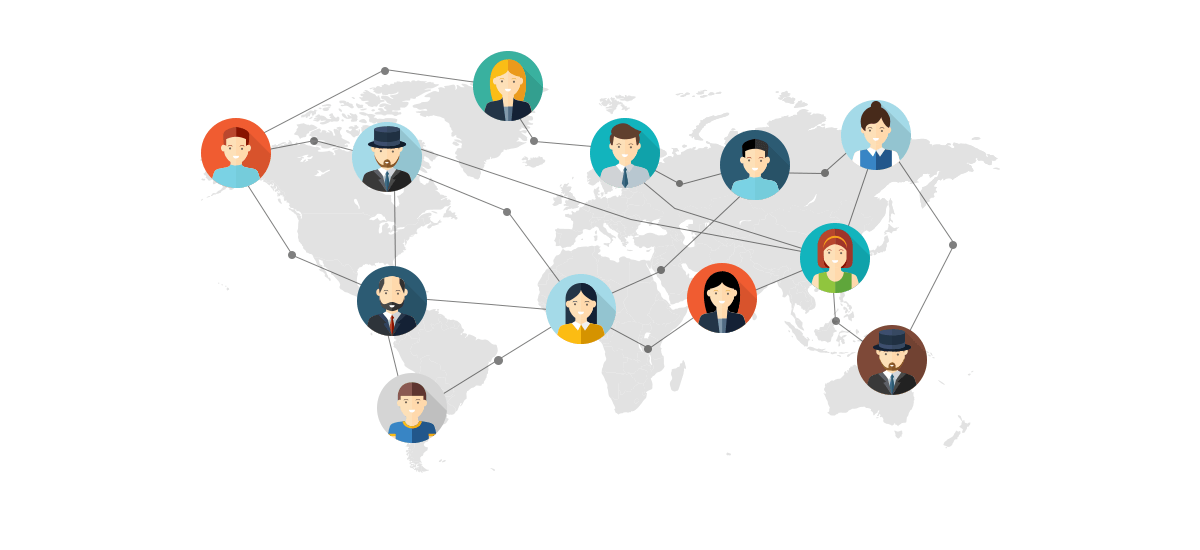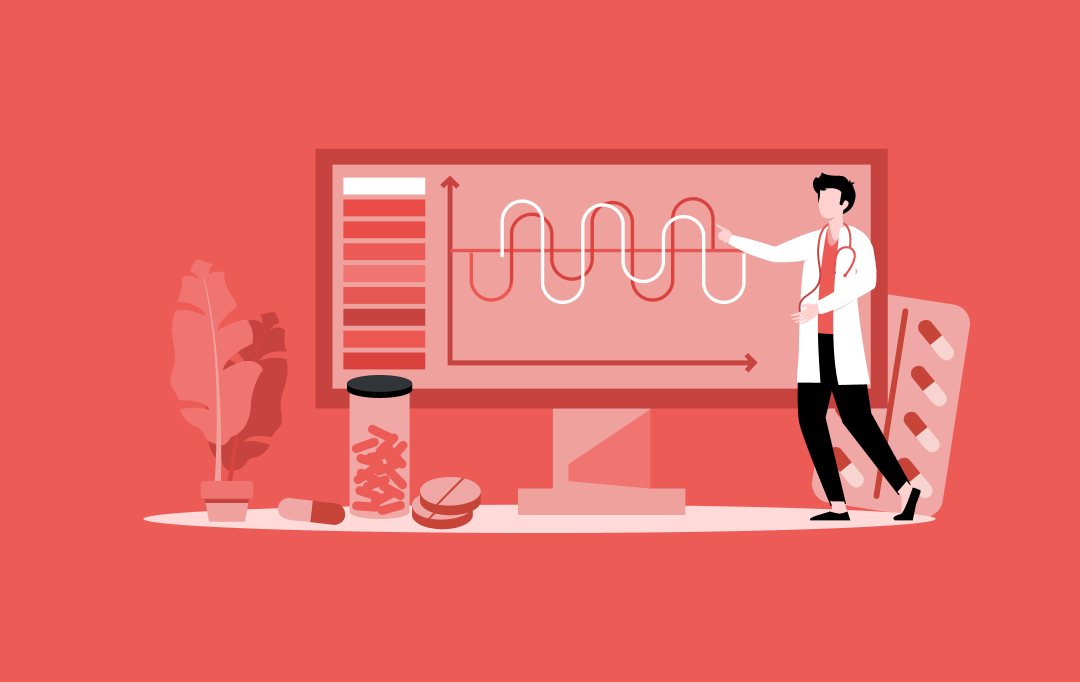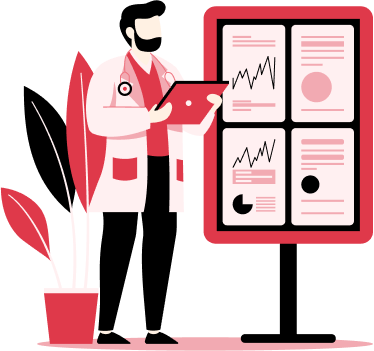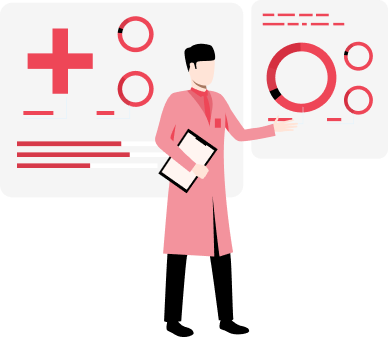- Understanding the Use of Big Data Analytics in Pharmacy Operations
- Use Cases of Pharmacy Data Analytics: Transforming Healthcare Operations and Enhancing Patient Outcomes
- Personalized Patient Care
- Streamlined Regulatory Compliance
- Enhanced Customer Experience
- Efficient Resource Allocation
- Fraud Detection
- Marketing and Promotions Optimization
- Predictive Analytics for Health Outcomes
- Supply Chain Management
- Operational Efficiency
- Challenges Associated with Pharma Data Analytics
- Challenge 1: Data Security and Privacy Concerns
- Challenge 2: Integration with Existing Systems
- Challenge 3: Skill Gaps and Training Needs
- Challenge 4: High Initial Investment Costs
- Challenge 5: Data Quality and Consistency
- Accelerating Digital Transformation: Five Proven Strategies for Pharmaceutical Leaders
- Action 1: Rethink Operating Models and Reorient Around Outcomes
- Action 2: Dive into DataOps to Drive Innovation
- Action 3: Industrialize AI with MLOps
- Action 4: Rapidly Transform Talent Strategies
- Action 5: Define a Digital Health Strategy
- Future of Pharma Data Analytics for Businesses
- Predictive Healthcare Models
- AI-Driven Decision Making
- Integration with IoT Devices
- Enhanced Patient Engagement
- Blockchain for Data Security
- Cross-Sector Collaboration
- How Appinventiv Can Pave the Way for Digital Transformation in the Pharmaceutical Industry
- FAQs
Data has become the currency of modern business, and the pharmacy sector is no exception. From inventory optimization to regulatory compliance, pharmacies today face many challenges that demand precision and agility.
Well, pharma data analytics is solving all these conundrums as the main lead, a transformative approach that now empowers businesses to get actionable insights from every prescription processed, shipment received, and customer query logged.
Pharmacies, often operating on fewer resources and facing fierce competition, have started recognizing data as a priceless asset rather than a simple byproduct of operations. From automating tedious tasks to predicting inventory requirements, pharmacy data analytics solutions open doors to unlimited opportunities.
By capturing and analyzing detailed metrics like patient adherence, prescription patterns, and supplier performance, pharmacies can pinpoint inefficiencies and create targeted strategies to boost overall effectiveness. These insights can help them cut costs while paving the way for more personalized patient care.
Do you know what the most exciting part is as a business owner? Well, it’s the impact that extends far beyond streamlining internal operations. With the right analytics tools, pharmacists can deliver highly personalized experiences beyond the traditional verbal approach.
By anticipating patient needs, pharmacies can offer timely reminders, suggest complementary services, or even propose lifestyle changes that genuinely improve healthcare outcomes. This level of tailored attention inevitably enhances patient trust and brand loyalty.
This blog will explore ten powerful examples of how pharma data analytics is transforming daily operations and enhancing customer interactions. Whether your goal is to expand, reduce expenses, or stand out in a competitive market, these real-world use cases will show why adopting analytics is essential for achieving ongoing success in the pharmacy sector.
Understanding the Use of Big Data Analytics in Pharmacy Operations
Pharma data analytics involves the systematic computational analysis of data or statistics related to pharmacy operations. It enables pharmacies to understand and optimize their business processes and healthcare delivery by transforming raw data into actionable insights.
Data analytics in the pharmaceutical industry is rapidly becoming a pivotal tool, transforming how these pharmacies operate and interact with patients. By analyzing vast amounts of data, pharmacies can make more informed decisions that lead to better patient outcomes, streamlined operations, and enhanced service delivery.
This transformation is particularly important in today’s data-driven world, where the effective use of information can distinguish between merely surviving and thriving in a competitive market.

The integration of data analytics helps pharmacies optimize their inventory based on predictive models that analyze past sales data, seasonal trends, and current market demand. This reduces the cost of overstocking and minimizes the risk of running out of critical medications, ensuring patient needs are consistently met. Furthermore, analytics can improve customer satisfaction by personalizing communication and offering targeted health management programs, which help build long-lasting relationships.
According to a report from PwC, the role of data analytics in the pharmaceutical industry is expected to grow significantly. Businesses increasingly integrate advanced tools like machine learning and artificial intelligence into analytics processes to refine data analysis and predict future trends more accurately.
This ongoing evolution enables pharmacies to respond rapidly to current demands and proactively address future challenges, securing a competitive edge in the healthcare market. Furthermore, the findings suggest that data analytics can significantly reduce operational costs, with potential savings of up to 15% in clinical trials through improved trial planning and execution.
As per the survey, businesses across the pharmaceutical sector witnessed significant results:
- Enhanced Patient Digital Engagement: The report highlights that 59% of US adults access health information online, indicating a substantial shift towards digital healthcare solutions facilitated by data analytics.
- Increased Adoption of Virtual Health Services: It notes that 65% of patients are open to virtual appointments via video sessions, underscoring the growing demand for data-driven telehealth services.
- Mobile Health Data Access: Additionally, 52% of all mobile phone users gather health information through their devices, emphasizing the need for pharmacies to leverage mobile data analytics to reach and engage with patients effectively.
- Increased Healthcare Professional (HCP) Engagement: The report also points out that 54% of HCPs are comfortable with remote engagements with pharmaceutical representatives, suggesting an opportunity for data analytics to optimize these interactions.
For example, an oncology pharmaceutical company successfully used advanced analytics to identify new commercial opportunities for a second-line cancer treatment. By leveraging predictive analytics and AI-driven tools, the company was able to pinpoint patient segments most likely to benefit, optimize its marketing strategy, and significantly improve sales forecasts and outcomes.
Considering all the results above, now is the perfect time for businesses to adopt pharmaceutical data analytics. The shift towards digital health solutions and increasing comfort with virtual services among patients, combined with the clear benefits of reducing operational costs, make a strong case for embracing advanced analytics. As the healthcare industry evolves, using these technologies helps pharmacies meet current patient needs and prepares them to adapt to future changes effectively.
Use Cases of Pharmacy Data Analytics: Transforming Healthcare Operations and Enhancing Patient Outcomes
Pharmaceutical data analytics is a game-changer, transforming how pharmacies operate and engage with customers. By harnessing the power of data, these businesses can make informed decisions that enhance efficiency, improve patient care, and drive growth. Let’s look at the pharma data analytics use cases in detail below:
 Inventory Optimization
Inventory Optimization
Pharmacies use data analytics to predict medication demand accurately, preventing overstock and shortages. This approach ensures that popular medications are always in stock, while less commonly used drugs don’t tie up capital sitting on shelves.
Real-World Example: CVS Pharmacy
CVS Pharmacy employs advanced analytics to fine-tune its inventory levels, reducing carrying costs and increasing the availability of essential medications for its customers.
Here’s how CVS Pharmacy likely uses data analytics for inventory optimization

Personalized Patient Care
Analytics tools analyze purchase histories and patient records to personalize care. This can include customized medication recommendations, reminders for prescription refills, and targeted health advice.
Real-World Example: Walgreens
Walgreens uses data analytics to offer personalized health recommendations and medication management plans, enhancing patient adherence and outcomes.
[Also Read: 10 Ways Healthcare Providers Are Using Patient Analytics to Enhance Care Plans and Optimize Outcomes]
Streamlined Regulatory Compliance
One of the major use cases for pharma data analytics is streamlined regulatory compliance. Data analytics helps pharmacies comply with complex regulatory requirements by automating the tracking and reporting of controlled substances and ensuring proper handling of patient data.
Real-World Example: Rite Aid
Rite Aid utilizes data analytics to automate compliance processes, significantly reducing the risk of penalties and ensuring patient data security.
Enhanced Customer Experience
By analyzing customer feedback and interaction data, pharmacies can improve service offerings, refine their marketing strategies, and create a more customer-friendly shopping experience.
Real-World Example: Boots UK
Boost UK leverages customer feedback data to enhance in-store service levels and develop promotions that more effectively meet the needs of its customer base.
Efficient Resource Allocation
Efficient resource allocation is one of the leading use cases of pharma analytics that businesses must understand. Pharma data analytics assists in managing inventory and optimizing human resources and in-pharmacy operations. By analyzing transaction volumes, peak visiting hours, and season-specific buying trends, pharmacies can predictively manage staffing levels and resource allocation. This approach ensures that pharmacies are well-equipped during high-demand periods without overspending during slower times, maintaining efficiency and customer satisfaction.
Real-World Example: Costco Pharmacy
Costco Pharmacy uses analytics to optimize staff scheduling and resource allocation, adjusting staffing levels based on real-time foot traffic and prescription volume data.
Fraud Detection
With the integration of advanced analytics, pharmacies can monitor and analyze every transaction to identify patterns that could indicate fraud, such as unusual prescription refills or billing anomalies. This capability is crucial for preventing financial losses and protecting patient safety by ensuring prescriptions are dispensed and billed correctly.
Real-World Example: Publix Pharmacy
Publix Pharmacy has implemented sophisticated data monitoring systems that track prescription fulfillment and billing to identify and address potential fraud cases quickly.
Marketing and Promotions Optimization
Big Data in the pharmaceutical industry paves the way for these pharmacies to dissect vast amounts of customer data to understand purchasing behaviors, preferences, and responsiveness to previous marketing campaigns. By leveraging pharma data analytics use cases like these, pharmacies can craft highly targeted marketing efforts that resonate with specific customer segments, increasing the effectiveness of promotions and enhancing return on investment.
Real-World Example: Target Pharmacy
Target Pharmacy employs analytics to fine-tune its promotional strategies, using customer purchase history and demographic data to deliver highly targeted and effective marketing campaigns.
Predictive Analytics for Health Outcomes
Predictive analytics in the pharmaceutical industry allow businesses to anticipate future health trends and outcomes by leveraging historical health data and ongoing patient interactions. This proactive approach enables pharmacies to offer tailored health management advice, recommend preventative measures, and adjust medication stock based on anticipated patient needs.
Real-World Example: Giant Eagle Pharmacy
Giant Eagle Pharmacy is a leading example of using predictive analytics in the pharmaceutical industry. The firm uses the technology to forecast health trends among its customer base, allowing for proactive health management advice and personalized care services.
Supply Chain Management
Effective supply chain management is vital for pharmacies to maintain adequate stock levels without encountering surplus or deficits. Data analytics provides a comprehensive view of supply chain dynamics, helping pharmacies make informed decisions about when, how much to order, and the best sources for procurement based on cost, quality, and delivery timelines.
Real-World Example: Tesco Pharmacy
Tesco Pharmacy uses analytics to enhance its inventory management system, reducing overstock and understock situations by predicting changes in demand and adjusting orders accordingly.
Operational Efficiency
Pharma data analytics use cases help in optimizing daily operations within pharmacies. Pharmacies can identify bottlenecks and inefficiencies by analyzing workflow data, customer service interactions, and more. Implementing changes based on these insights helps enhance service delivery speed, reduce wait times, and improve overall customer satisfaction.
Real-World Example: Safeway Pharmacy
Safeway Pharmacy leverages operational analytics to streamline its in-store and online prescription services, improving processing times and customer satisfaction with faster service delivery.
Challenges Associated with Pharma Data Analytics
Integrating big data analytics in pharmacy operations presents numerous benefits, but it also brings specific challenges that must be addressed to harness its potential fully. Let’s look at common hurdles and practical solutions for implementing data analytics in the pharmacy sector.

Challenge 1: Data Security and Privacy Concerns
As pharmacies collect and analyze vast amounts of sensitive patient information, they must navigate the complexities of maintaining data security and complying with strict privacy regulations.
Solution
It is essential to implement robust cybersecurity measures, such as encryption, secure access protocols, and regular security audits. Additionally, pharmacies can adopt compliance management systems that are regularly updated to align with new regulations, ensuring patient data is protected and regulatory requirements are met.
Challenge 2: Integration with Existing Systems
Many pharmacies operate with legacy systems not designed to integrate seamlessly with modern data analytics technologies, potentially hindering real-time data processing and insights.
Solution
Pharmacies should consider upgrading to more flexible technology platforms or using middleware solutions to bridge old and new systems. This approach facilitates smoother integration and allows pharmacies to leverage the power of advanced analytics without completely overhauling their existing infrastructure.
Challenge 3: Skill Gaps and Training Needs
Effective data analytics use in the pharmaceutical industry requires specialized skills that may not be present among existing pharmacy staff. This gap can limit the ability to interpret analytics results and make informed decisions.
Solution
It is crucial to invest in ongoing training and development programs. Pharmacies can hire data specialists or collaborate with third-party analytics firms offering expertise and support.
Challenge 4: High Initial Investment Costs
Setting up a comprehensive data analytics system involves significant, costly investment in technology and human resources, which can be a barrier, especially for smaller pharmacies.
Solution
Pharmacies should consider phased implementation approaches, starting with core functionalities that provide the most immediate benefits. Once the MVP is launched, additional features can be integrated as the ROI of initial investments becomes clear.
Challenge 5: Data Quality and Consistency
Data analytics’ accuracy heavily depends on the quality and consistency of the input data. Incomplete or inaccurate data offered by predictive analytics in pharmacy solutions can lead to misleading insights, affecting decision-making.
Solution
Implementing rigorous data management protocols is key. To maintain high data quality, regular audits, data cleansing practices, and validation checks should be carried out.
Accelerating Digital Transformation: Five Proven Strategies for Pharmaceutical Leaders
According to McKinsey, here are the specific strategies pharmaceutical CEOs and Chief Digital Technology Officers (CDTOs) can implement to scale up from limited testing or pilot projects to full-scale adoption of digital technologies and data analytics across their organizations:

Action 1: Rethink Operating Models and Reorient Around Outcomes
Shift towards operating models that focus on outcomes rather than projects. This involves forming teams that work across functions to achieve broad business goals, which improves efficiency and speed in bringing new solutions to market.
For instance, pharmaceutical companies should organize their teams around the results they want to achieve for different aspects of patient care rather than separate technology projects. This leads to better coordination and faster results.
Action 2: Dive into DataOps to Drive Innovation
Implement DataOps to streamline the use and management of data. This approach helps standardize data processes and speeds up the time it takes to turn data into useful insights.
For instance, companies should build systems that can easily integrate various data sources and set standards for data management. This makes data more accessible and usable for everyone in the organization, supporting quicker and smarter decision-making.
Action 3: Industrialize AI with MLOps
Use MLOps to systematize the development and use of AI. This helps make AI efforts more consistent and scalable across the organization.
For instance, businesses can develop a system where AI models are built using standardized, reusable components. This speeds up the development process and ensures that AI tools are reliable and effective.
Action 4: Rapidly Transform Talent Strategies
Attracting and retaining the right talent is essential for digital success. Companies must enhance their strategies for acquiring and keeping tech talent.
For instance, businesses can set up specialized teams focused on rapidly fulfilling the company’s most critical talent needs. This could involve innovative recruitment processes and fast-tracking the hiring of digital experts.
Action 5: Define a Digital Health Strategy
With the rise of digital health technologies, companies need a clear strategy to integrate these tools into their operations effectively.
For instance, companies should look for opportunities to partner with digital health startups or invest in digital technologies that complement existing business goals. This can help quickly bring new digital solutions to market and improve patient care.
Future of Pharma Data Analytics for Businesses
As the healthcare landscape continues to evolve, the role of big data analytics in pharmacy operations is poised for significant expansion. This technology is becoming vital for pharmacies aiming to improve efficiency, enhance patient care, and adapt to changing market demands. Here are the data analytics trends in the pharmaceutical industry that will redefine the future of healthcare.

Predictive Healthcare Models
Future advancements in pharma data analytics will likely focus on developing more sophisticated predictive models. These tools will enable pharmacies to accurately forecast patient health trends, anticipate medication needs, and prevent disease by offering timely interventions. This proactive approach will improve patient outcomes and also reduce overall healthcare costs.
AI-Driven Decision Making
Artificial intelligence is set to play a bigger role in pharmaceutical data analytics. AI in pharmacy analytics will automate complex decision-making processes, from inventory management to personalized patient care plans. This will free up pharmacists to focus more on direct patient care and less on administrative tasks, enhancing their role as essential healthcare providers.
Here are the strategic applications of AI in pharmacy data analytics:
AI in the pharmaceutical industry can predict stock levels needed based on historical data, seasonal trends, and ongoing health crises, ensuring pharmacies are well-stocked without over-ordering.
| Application Area | How AI Can Help |
|---|---|
| Inventory Management | AI can predict stock levels needed based on historical data, seasonal trends, and ongoing health crises, ensuring pharmacies are well-stocked without over-ordering. |
| Patient Care Personalization | AI algorithms can analyze patient histories and health data to tailor care plans, suggest lifestyle changes, and alert pharmacists to potential health risks. |
| Operational Efficiency | Automating routine tasks such as data entry, billing, and compliance checks can reduce errors and free up time for more critical tasks. |
| Pharmacovigilance | AI can quickly process vast amounts of data from various sources to detect adverse drug reactions or medication errors faster than traditional methods. |
Integration with IoT Devices
Integrating the Internet of Things (IoT) with pharmacy data systems will enhance real-time data collection and analysis. Wearable health devices and smart medical equipment will feed continuous data into the pharmacy systems, enabling dynamic adjustments to treatment plans and medication management based on real-time patient data.
Enhanced Patient Engagement
Future analytics platforms are set to focus more on features that increase patient engagement and treatment adherence. Through mobile apps, customized notifications, and user-friendly interfaces, these platforms will motivate patients to actively participate in managing their health, guided by insights derived from their data.
Blockchain for Data Security
As concerns over data breaches grow, blockchain technology will be the key solution for safeguarding sensitive patient information. Its use in pharma data analytics will help maintain the integrity and security of data, building stronger trust between patients and healthcare providers.
Cross-Sector Collaboration
Businesses can anticipate increased collaborations among pharmacies, healthcare providers, insurance companies, and tech companies. These partnerships will utilize shared data insights to refine operational processes and enhance health outcomes, bringing in a new phase of integrated care driven by sophisticated data analytics.
How Appinventiv Can Pave the Way for Digital Transformation in the Pharmaceutical Industry
We hope this blog has provided a clear understanding of how pharma data analytics can revolutionize operations, enhance patient care, and streamline processes. Partnering with a dedicated data analytics services firm like Appinventiv is the ideal solution to fully leverage these pharma analytics use cases. Here are some reasons why we are the right partners for initiating your digital transformation journey.
- Expertise in Advanced Analytics: We have a proven track record of delivering cutting-edge solutions that harness the power of data analytics. Our experts can build predictive models that forecast trends and needs while implementing AI-driven tools that automate and optimize pharmacy operations. This capability allows us to ensure that our clients are not just keeping up with industry standards but are setting them.
- Tailored Solutions for Every Need: We understand that each pharmacy’s needs are unique. That’s why we offer customized pharmacy data analytics solutions designed to address your business’s particular challenges and opportunities. Whether it’s integrating IoT devices for real-time data collection or deploying blockchain technology for secure data management, we tailor services to meet your specific requirements.
- Commitment to Innovation: We are committed to pushing the boundaries of what’s possible in digital healthcare. Our continuous investment in research and development allows us to stay ahead of technological advancements and bring innovative solutions that can transform how pharmacies operate and interact with patients.
Partner with us to understand the impact of big data analytics on the pharma industry and navigate your digital transformation journey to achieve outstanding results in an increasingly competitive healthcare landscape.
FAQs
Q. How is data analytics used in the pharma industry?
A. Big data in the pharmaceutical industry is used to streamline operations, enhance drug development, and improve patient care. It enables companies to analyze vast amounts of data from clinical trials, patient records, and drug production processes to identify trends, predict outcomes, and make more informed decisions. For instance, analytics can help predict which drugs might succeed or fail in clinical trials, optimize supply chain logistics, and personalize patient treatment plans based on historical health data.
Q. What is the cost of developing data analytics solutions for the pharmaceutical industry?
A. The cost of developing pharma data analytics solutions varies based on the project’s complexity. Prices can start at around $20,000 for simple applications and exceed $150,000 for more advanced, integrated systems that utilize predictive analytics and AI. Factors that affect the cost include the types of data analyzed, system integration needs, and the degree of customization required.
Q. How can businesses leverage AI in data analytics to enhance operations and patient outcomes?
A. Businesses in the pharmaceutical industry can leverage AI in data analytics to significantly enhance operations and improve patient outcomes. AI can automate routine data processing tasks, allowing staff to focus on more strategic activities. For instance, AI-driven predictive models can forecast drug demand and patient medication adherence, helping to optimize inventory and reduce waste. AI can also analyze patient data to identify potential adverse drug reactions before they become serious, thus improving patient safety.


- In just 2 mins you will get a response
- Your idea is 100% protected by our Non Disclosure Agreement.
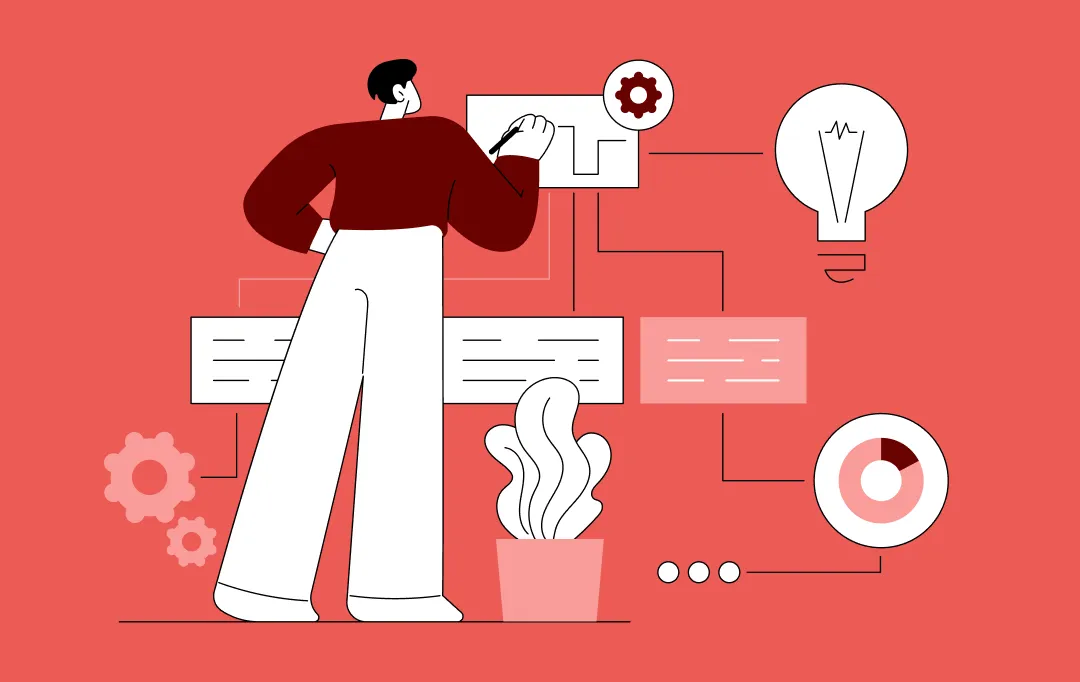
How to Hire Data Engineers for Your Enterprise? All You Need to Know
Key takeaways: Hiring data engineers individually slows execution and increases delivery risk at enterprise scale. Partnerships give faster access to senior talent without long recruitment cycles or retention issues. Cost depends more on capability and responsibility than salary alone. The right hiring model directly affects business speed, stability, and ROI. Partnering with experienced teams converts…
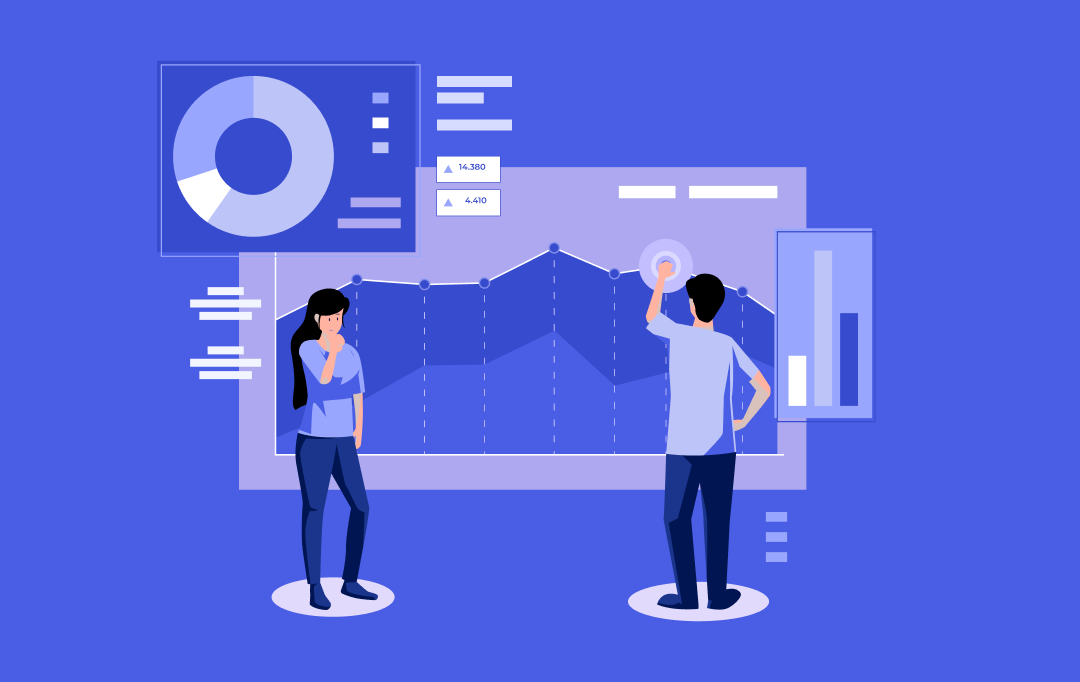
How Data Analytics is Shaping the Future of UK Businesses Across Sectors
Key Takeaways Data has moved from support to strategy. UK companies no longer treat analytics as an add-on; it’s shaping how they forecast demand, design products, and compete for customers. Every sector is finding its own rhythm. From retail and healthcare to energy and education, organizations are using data differently, but the goal is the…
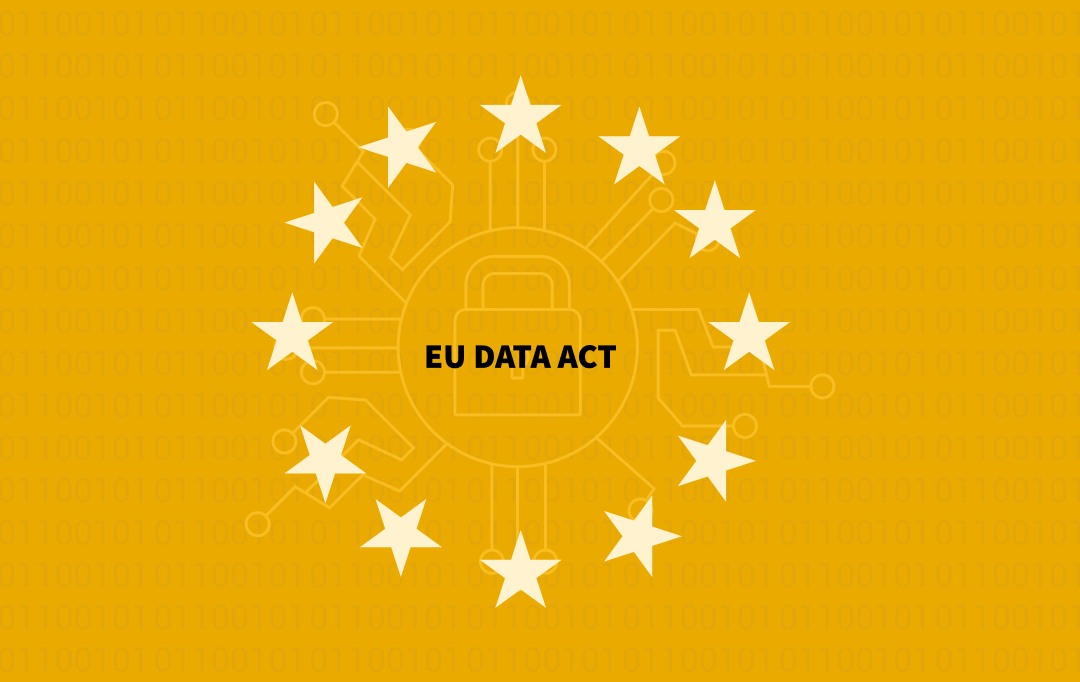
Is Your Business Model Compliant with the EU Data Act? A Checklist for C-Suite Executives
Data has quietly become the backbone of modern business. Whether it’s a retailer predicting what you’ll buy next week or a car maker tracking vehicle performance in real time, every decision today leans on streams of information. But with that power comes a tough question: who really owns the data, and who gets to use…








